
The K2theL Curriculum
&
Keys Academy
Pedagogy to Platform — Unlocking the Future of Language Learning
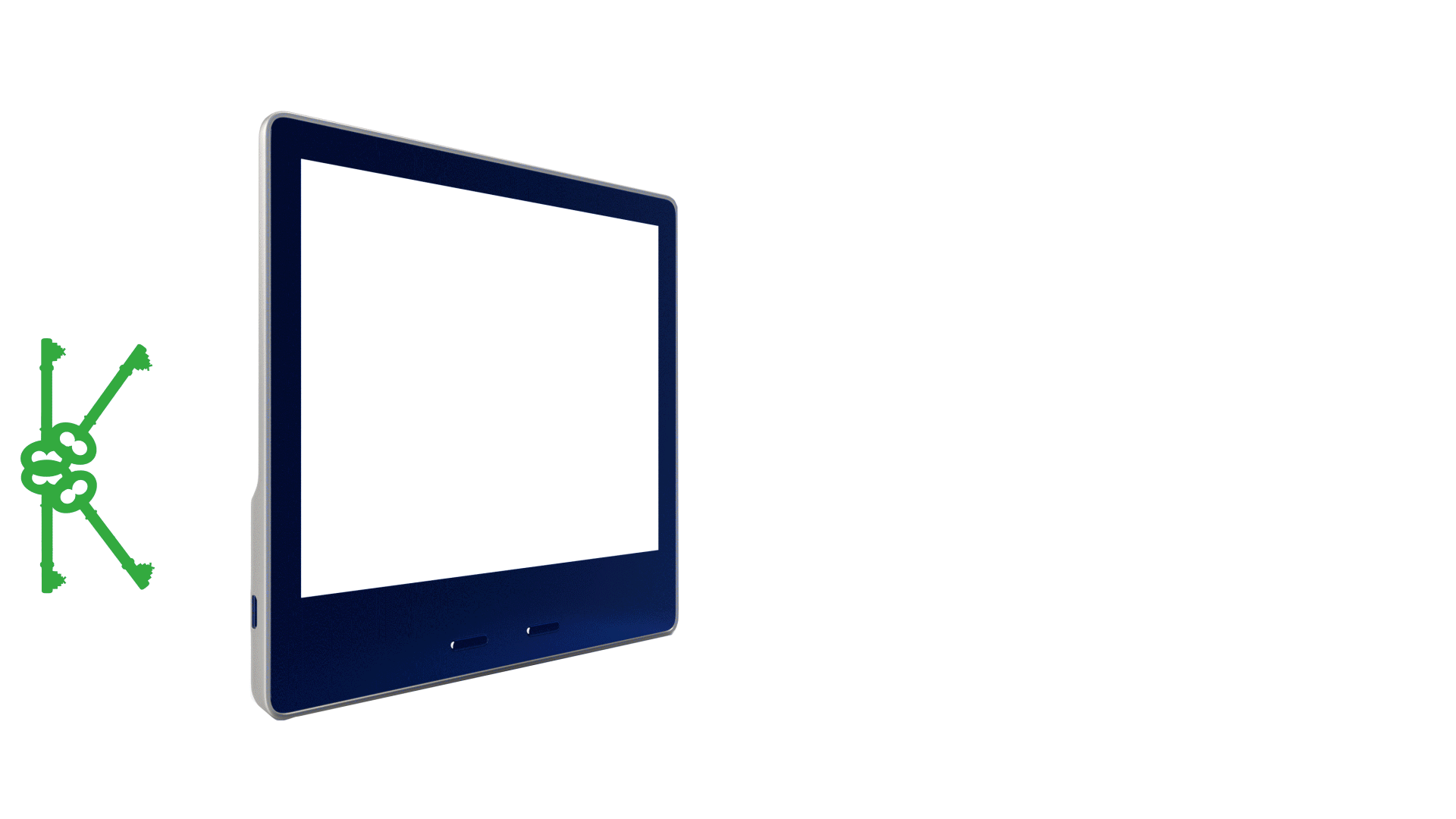
The K2theL Curriculum brings language to life through advanced linguistics content, multimodal performing arts, and cinematic-quality digital arts, while Keys Academy carries that same vision into the digital age with interactive engagement and AI-driven innovation.
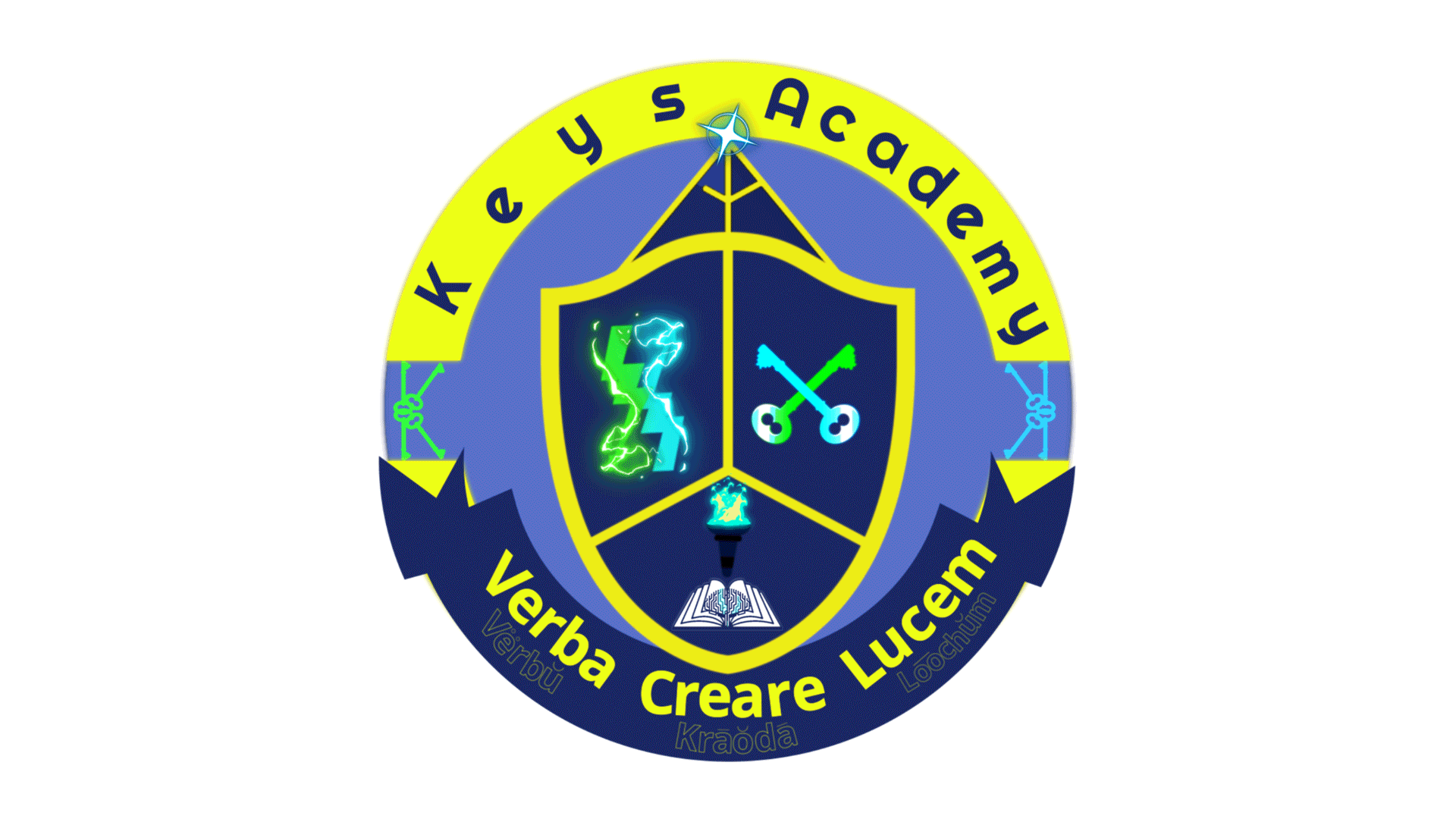

Unlocking Pedagogy. Integrating the Science and Art of Language.
Advanced linguistics and structured literacy forms the content core of Keys 2 the Lexis, grounding the pedagogical design in the scientific study of language, its structure and meaning, and aligning with the principles of the Science of Reading. The K2theL Curriculum brings the study of language to life across the foundational subfields of linguistics: graphology, phonology, morphology, semantics, syntax, and pragmatics. Each domain contributes to a unified understanding of how words form, combine, and imbue meaning to construct expressions that communicate experience.

Advanced Linguistics & Literacy

Graphology
The Visual System of Written Language
Graphology examines the visual and spatial dimensions of written language and the ways in which visual configurations support linguistic structure.
Within K2theL, learners decode and encode graphemes through an understanding of the geometric design of letters, the differentiation of letter forms, and the principles of orthographic logic that govern written systems.
Phonology
The Aural System of Spoken Language
Phonology investigates the organization and patterning of sounds within linguistic systems, how phonemes function, interact, and differentiate meaning.
Within K2theL, phonological instruction is grounded in the phonogramic approach, guiding learners in decoding and encoding phonemes while cultivating an integrated understanding of sound–symbol relationships.
Morphology
The Internal System of Meaning and Form
Morphology examines how words are formed through the combination of the smallest linguistic elements that carry meaning or structural function within words.
Within K2theL, learners analyze how roots and affixes reflect meaning, uncovering how affixation, root structure, and etymology reveal each word’s internal composition and cultivate deeper lexical understanding.
Semantics
The Global System of Meaning Across Language
Semantics explores how meaning is constructed, interpreted, and communicated through words, phrases, and sentences throughout linguistic systems.
Within K2theL, learners analyze semantic relationships, synonym examining how lexical categories and other meaning patterns reveal connections between words, perceiving language as a living system of interrelated meanings.
Syntax
The Organizational Framework of Word Groups
Syntax examines how words combine into structured groups that form the foundation of phrases and clauses.
Within K2theL, learners examine how syntactic organization governs sentence modeling and grammatical integrity by exploring how words function and interact within larger structural enterprises.
Pragmatics
The Dynamic System of Contextual Language Use
Pragmatics examines how the relationship between conveyer and receiver, within a given context, shapes the interpretation and intention of language.
Within K2theL, learners investigate how meaning and structure adapt across contexts, exploring how shifts in audience, intention, and environment shape linguistic choices and communicative outcomes within social exchanges.
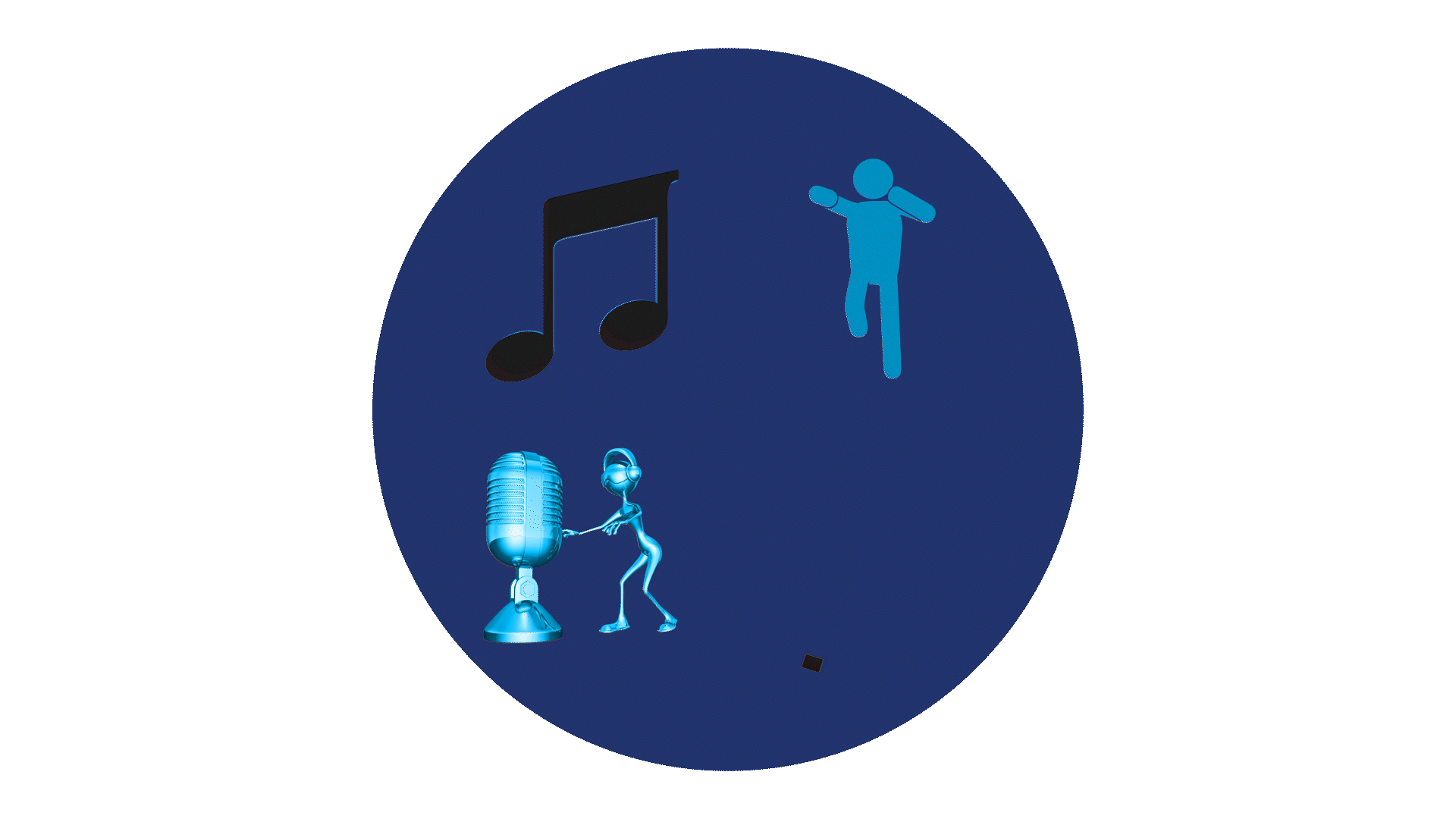
The performing arts form the engagement core of Keys 2 the Lexis, grounding the pedagogical design in the scientific study of human expression and creative embodiment. The K2theL Curriculum brings language to life through the artistic modalities of music, dance, lyricism, and theater, transforming linguistic principles into performance-based experience. Each artistic domain functions as both medium and method, reinforcing rhythm, emotion, and expression as essential dimensions of literacy. Together, these modalities cultivate learners who not only understand language but inhabit it, experiencing words as rhythm, motion, and voice.
Multimodal Performing Arts

Music
The Foundational System of Rhythm and Expression
Music studies the organization of sound through rhythm, pitch, and harmony, the patterned architecture that mirrors the cadence and intonation of human speech.
Within K2theL, music aligns rhythm and language, reinforcing phonological awareness and expressive fluency through rhythmic entrainment, bridging linguistic structure to strengthen auditory processing and literacy development.
Dance
The Kinesthetic System of Expression in Motion
Dance embodies language through movement, translating expression into spatial form while revealing how physical gesture mirrors the rhythm and flow of communication.
Within K2theL, dance transforms language into movement. Learners embody structure and meaning through gesture, turning linguistic comprehension into lived expression and transforming motion into a mode of understanding.
Lyricism
The Cadential System of Verse and Expression
Lyricism bridges language, cadence, verse, and rhyme as verbal artistry, revealing how sound and rhythm intertwine to shape expression and articulate understanding.
Within Keys 2 the Lexis, lyricism functions as an expressive conduit for language mastery, integrating performative verse (spoken word, rap, chant, poetry) and call-and-response to strengthen prosody, fluency, and mnemonic retention.
Theater
Performative System of Story and Expression
Theater unites speech, gesture, and emotion into performative storytelling, transforming language into lived experience to amplify empathy, expression, and intent.
Within Keys 2 the Lexis, theater transforms language into embodied action through role-play, dramatization and character embodiment, enhancing interpretive awareness, empathy, and mnemonic retention through lived performance.
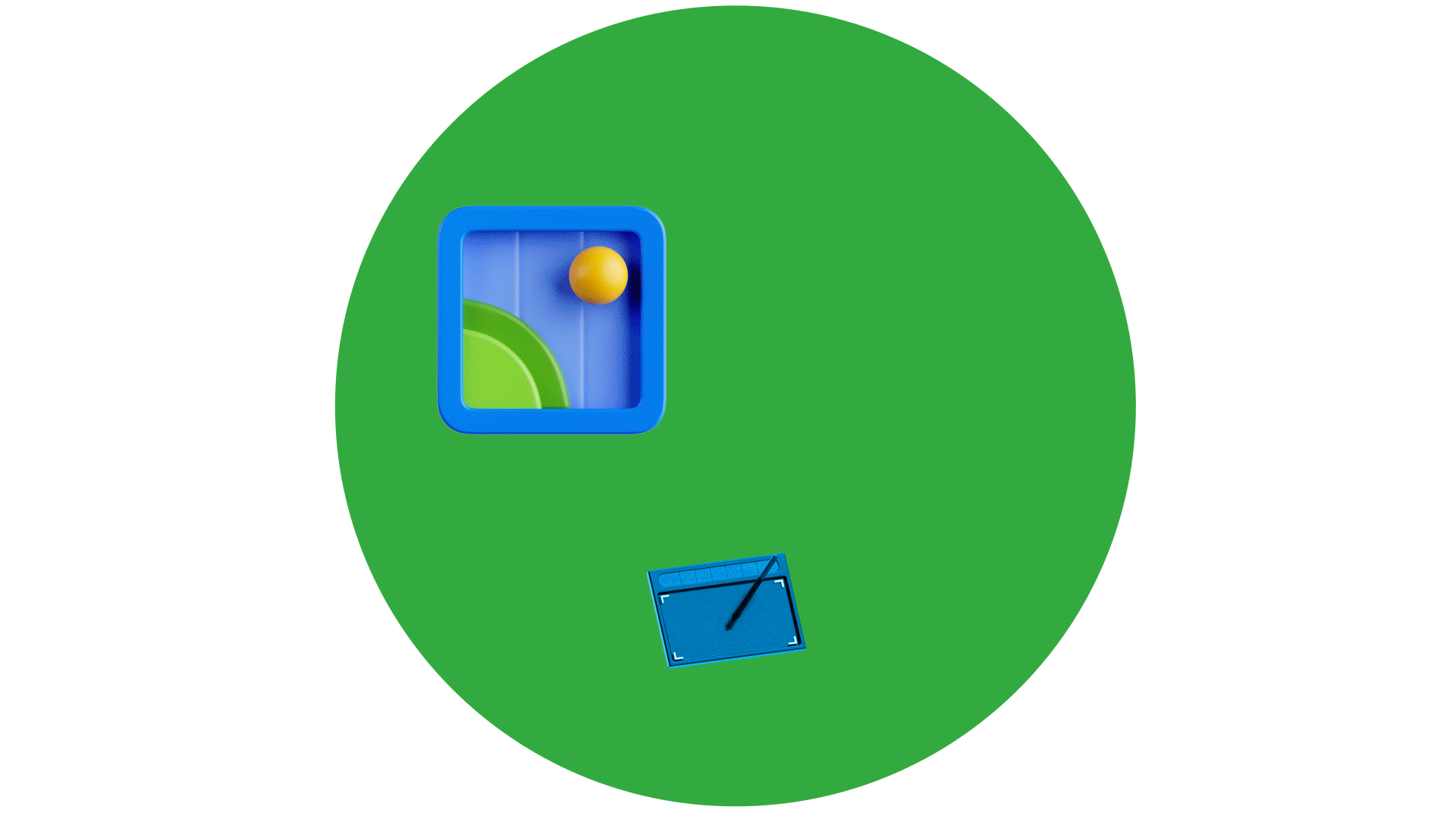
The digital arts form the innovation conduit of Keys 2 the Lexis, grounding the pedagogical design in multimodal engagement and interactive expression. The K2theL Curriculum delivers instruction through cinematic storytelling, motion graphics, animation, and interactive design, transforming linguistic content into immersive visual and auditory experiences. Each digital medium operates as both vessel and catalyst, merging artistry and technology to expand access, amplify engagement, and deepen comprehension. Through this integration, learners experience language not only as sound and symbol, but as a living, visual form in motion.
Cinematic-Quality Digital Arts

Cinematic Storytelling
The Dynamic Art of Narrative Immersion
Cinematic storytelling fuses imagery, sound, and narrative form to create sensory environments, inviting audiences to experience wholistic existential immersion.
Within Keys 2 the Lexis, cinematic storytelling transforms linguistic content into immersive narratives that bridge cognition and emotion, fostering comprehension, empathy, and mnemonic retention through cinematic learning experiences.
Animation
The Digital Art of Kinetic Imagery
Animation fuses 2D/3D illustration, timing, and motion to transform static visuals into expressive sequences that illuminates experience through dynamic movement.
Within Keys 2 the Lexis, animation transforms linguistic content into kinetic narratives, using motion, character, and sequence to heighten engagement, reinforce comprehension, and foster emotional connection through visual dynamics.
Motion graphics merge typography and sequencing to create kinetic text, revealing rhythmic language and meaning through the dynamic movement of words.
Within Keys 2 the Lexis, motion graphics animate literacy, transforming written language into visual rhythm that reinforces phonemic awareness, orthographic recognition, and the embodied flow of reading comprehension.
Motion Graphics
The Digital Art of Kinetic Text
Interactive Design
The Digital Art of Dynamic Interaction
Interactive design fuses dynamic interfaces, digital environments, and sensory feedback, creating responsive systems where engagement and discovery shape experience.
Within Keys 2 the Lexis, interactive design transforms learning into collaboration, merging exploration, choice, and responsiveness to cultivate agency, adaptability, and deep linguistic engagement.
K2theL Curriculum Resources
The K2theL Curriculum integrates a suite of multimodal resources designed to make linguistic learning immersive, interactive, and edutaining. Through Edutaining Instructional Videos & Slide Decks in tandem with Interactive Game-Based Activities & Storybooks, learners encounter language as performance, play, and discovery. Each resource fuses structured literacy with creative engagement, where the sciences of reading and linguistics meet the expressive power of the arts. Together, they cultivate linguistic proficiency through multisensory exploration and imaginative practice.
Achieving Linguistic Proficiency Through Multimodal Immersion

Edutaining
Instructional Videos
These short-form cinematic lessons introduce linguistic concepts through storytelling, rhythm, and audio/visual design. They serve as multisensory gateways into each unit, awakening awareness with content across the linguistic subfields through performance and narrative immersion.
Edutaining
Instructional Slide Decks
Educator-led, interactive presentations that turn instruction into choreographic call-and-response. Each slide becomes a stage cue, guiding gesture and rhythm with musical, lyrical, and dramatic timing. Students co-perform the lesson, reinforcing linguistic structure through embodied repetition and multisensory engagement.


Interactive
Game-Based Activities
These digital experiences transform review and practice into play. Rooted in principles of cognitive retrieval and multimodal learning, they invite learners to manipulate linguistic elements, strengthening comprehension through active engagement and joyful competition.

Interactive
Digital Storybooks
Narrative-driven digital texts that weave linguistic principles into immersive story worlds. Through tap-to-learn features, voice narration, and dynamic visuals, learners explore a variety of linguistic phenomena embedded in narrative motion, connecting decoding with comprehension through imagination.

Elevating Instruction through Intelligence, Creativity, and Connection.
Keys Academy Overview
Keys Academy embodies the technological evolution of Keys 2 the Lexis, a cross-platform Learning Management and Instruction System (LMIS) designed to house, deliver, and expand the K2theL Curriculum. It fuses creative pedagogy with computational precision, empowering educators and learners alike through intelligent design, real-time analytics, and multimodal engagement. As a dynamic digital ecosystem, Keys Academy connects educators, students, parents, administrators, and content across web, desktop, and mobile environments. Within this ecosystem, learning transcends delivery, becoming interactive, data-informed, and aesthetically immersive, where intelligence and creativity move in synchrony.

Curriculum Resources Integration
At the core of Keys Academy lies the seamless integration of the Keys 2 the Lexis Curriculum Resources, transforming a multifaceted instructional framework into a cohesive digital experience. The platform harmonizes edutaining videos, interactive slide decks, game-based activities, and cinematic storybooks within a single, intelligent environment.
Each resource operates as both an independent learning module and a connective strand in the broader K2theL ecosystem, ensuring that instruction remains structured, multimodal, and responsive. Through adaptive sequencing and interactive feedback, Keys Academy turns curriculum delivery into a living dialogue between learner, educator, and technology, where engagement fuels mastery and creativity enhances comprehension.


Cross-Platform &
Multi-Tenant Architecture
Keys Academy operates as a dynamic, cross-platform ecosystem accessible via web, desktop, Android, and iOS environments. Its multi-tenant design enables scalability across classrooms, facilities, and educational alliances, ensuring seamless interoperability and secure data flow.
Each user, educator, student, parent, or administrator, experiences a customized interface and user environment crafted for their role. Educator profiles optimize lesson planning, assessments, and facility tracking; student profiles prioritize engagement through edutainment learning; and parent profiles streamline oversight and communication.
Through its adaptive UI and modular design, Keys Academy transforms learning spaces into personalized ecosystems, where accessibility, customization, and connection harmonize to support every learner’s journey.




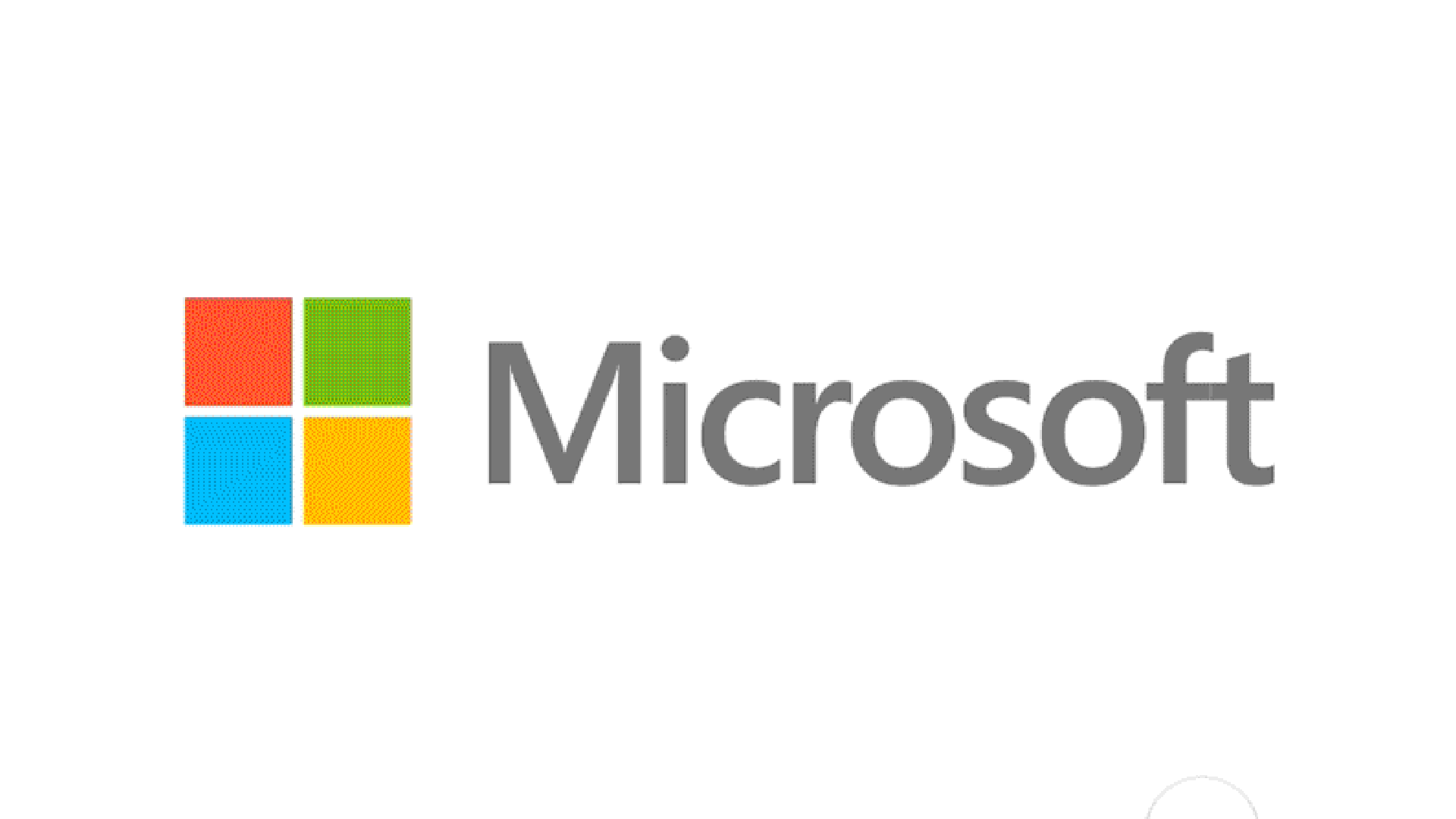



Master Key Interface

The Master Key Interface transforms classroom instruction into a synchronized digital performance. Functioning as an intelligent control hub, it allows educators to seamlessly manage and present K2theL resources, videos, slide decks, games, and storybooks, through interactive panels that mirror both student and teacher displays.
The interface features a Now Playing panel for live instructional content and a Coming Next panel for previewing upcoming materials, enabling educators to flow between learning moments without disruption. Its Master Control Panel integrates essential teaching tools: volume, display, navigation, FX board, timers, mirroring, notepad, and stylus input, consolidating presentation, interactivity, classroom management, and assessment in one space.
In the classroom, the Master Key Interface acts as both a pedagogical companion and creative instrument, empowering educators to orchestrate lessons dynamically. By uniting functionality and artistry, it turns teaching into a kinetic, multimodal experience where instruction moves in rhythm with engagement.

Extended Interfaces
The Extended Interfaces of Keys Academy extend instructional delivery through synchronized screen/panel mirroring and co-operative interactivity. Educator and learner displays operate in a unified digital environment, enabling seamless transitions between modeling, guided practice, and autonomous engagement.
Through coordinated rendering, shared control, and responsive feedback, each interface functions as an extension of the instructional sequence, transforming screens into interactive nodes within a collective learning network. This design fosters dynamic participation, mutual visibility, and a fluid exchange between demonstration and discovery.
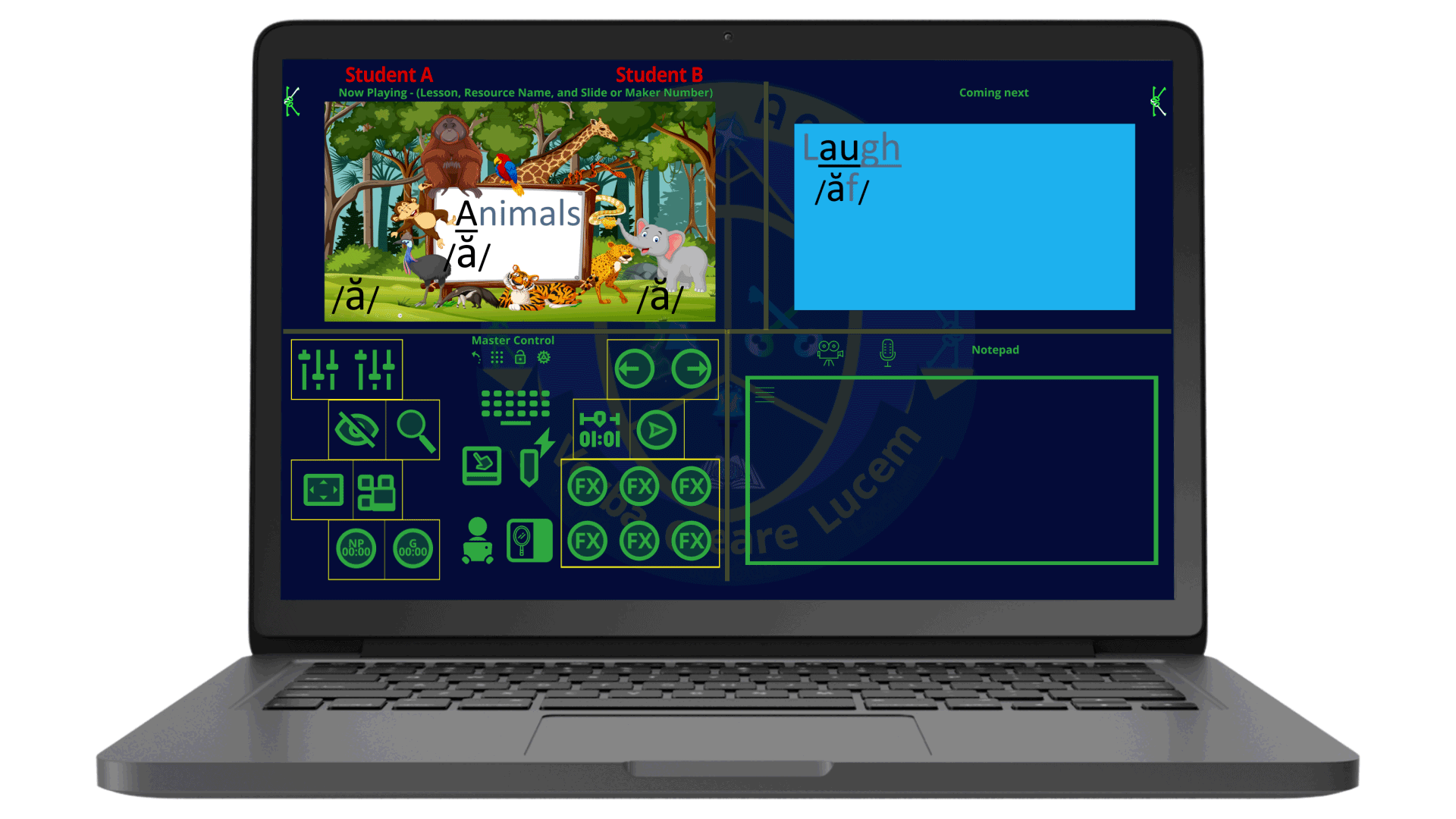




Learning Playlists
The Learning Playlist functions as Keys Academy’s lesson-planning and instructional management tool, enabling educators and parents to design customized learning sequences from the K2theL Curriculum Resources. Each playlist can be manually curated or auto-generated through the LMIS using analytics and assessment data to enhance linguistic proficiency and engagement.
The playlist shuffle feature offers flexibility, producing randomized or patterned sequences across videos, slide decks, games, and storybooks. Educators can structure lessons using the standard K2theL learning progression or generate dynamic variations that support differentiated instruction.
Through profile-based input and group identification, playlists can be personalized for individual learners, collaborative pairs, or cooperative game-based cohorts, transforming lesson planning into an adaptive, data-informed orchestration of multimodal learning.


Assessments & Analytics
Keys Academy’s Analytics system captures and interprets performance data across individual, classroom, and facility levels, tracking measures such as input accuracy, completion time, repetition frequency, automaticity, and literacy progression. These insights continuously inform the LMIS, generating adaptive playlists, differentiated interventions, and personalized recommendations aligned with each learner’s evolving linguistic profile.
The Assessments suite evaluates English Language Arts proficiency across phonological, morphological, and lexical domains through interactive, scaffolded instruments delivered via the Master Key Interface. Tiered scaffolding enables assessors to reveal progressive linguistic supports such as phonetic notation, audio cues, or visual prompts, fostering responsive evaluation that meets learners at their level of understanding. Student responses can also be recorded through the mobile app’s extended display interface, ensuring seamless synchronization between educator, learner, and system feedback.
Together, Analytics and Assessments form a dynamic feedback network, transforming evaluation into an adaptive, insight-driven process that refines instruction, deepens comprehension, and accelerates linguistic mastery.


Character Modeling and Storybook Co-Creation
Keys Academy merges Character Modeling and Storybook Co-Creation to transform literacy instruction into a deeply personal and creative experience. Learners design evolving digital avatars that grow in tandem with their linguistic mastery, visually reflecting progress, achievement, and engagement. These avatars serve as narrative agents within interactive storybooks, bridging self-expression with comprehension.
The Co-Creation Suite allows students to craft personalized storybooks through guided templates and AI-assisted narration, integrating vocabulary, phonics, and syntax drawn directly from their learning playlists. This process transforms linguistic concepts into story-driven experiences that solidify comprehension through creative authorship.
By uniting character identity and narrative creation, Keys Academy nurtures both linguistic and imaginative fluency, empowering learners to see themselves not only as readers and writers, but as co-authors of their own linguistic universe.



AI Innovation
AI Innovation forms the technological core of Keys Academy, transforming linguistic education through adaptive analytics, generative design, and creative intelligence. The system continuously learns from user interaction, mapping individual learning profiles to deliver precision-driven personalization across instruction, assessment, and engagement.
Beyond adaptive learning, Keys Academy employs Generative AI for the creation of instructional content, video production, and curriculum development, enabling educators to expand resources dynamically while maintaining linguistic and pedagogical integrity.
Artificial intelligence operates here not as a replacement for human instruction, but as a creative collaborator, a responsive system that learns, generates, and refines alongside each learner and educator. Each interaction strengthens the feedback loop between human insight and machine learning, ensuring pedagogy evolves in real time. In this ecosystem, AI does not power learning, it illuminates it, amplifying human intelligence through creation, adaptation, and linguistic artistry.



